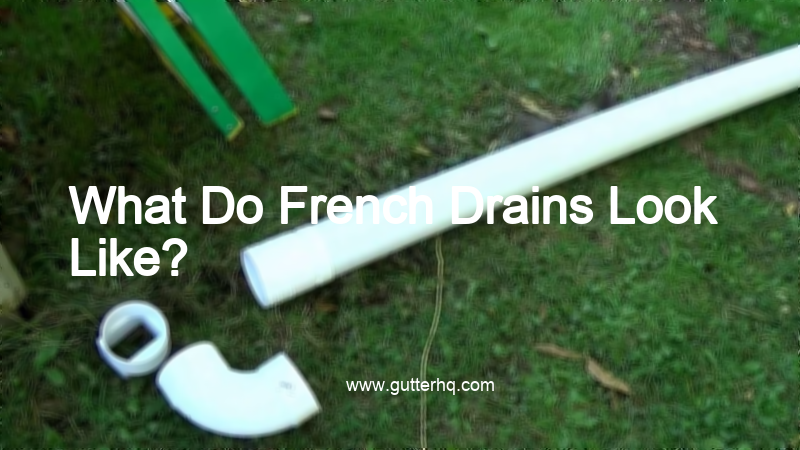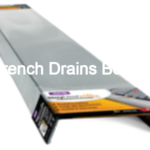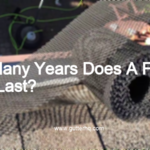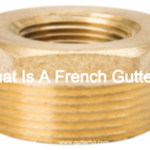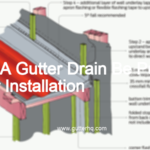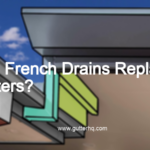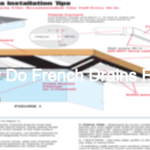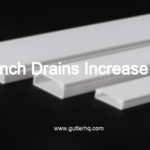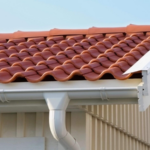French drains look like long, narrow trenches that are filled with gravel. The gravel helps to absorb water and prevent flooding. The drains are usually placed at the base of a hill or in an area where water tends to pool.
Are French drains a good idea?
French drains are a good idea for many reasons. They are most commonly used to prevent water from pooling in an area, which can lead to flooding or water damage. French drains can also be used to redirect water away from a building or other structure, or to prevent water from seeping into the foundation of a building. French drains are also often used in agricultural applications, to prevent waterlogging in fields and to improve drainage.
How long does a French drain last?
A French drain is a drainage system that is used to redirect water away from areas that are prone to flooding or excess moisture. French drains can be used around the perimeter of a home, in a basement, or in any other area where water is a problem. French drains typically last for many years, but they can eventually become clogged with sediment and debris. If this happens, the drain will need to be cleaned out or replaced.
How exactly does a French drain work?
A French drain is a trench that is filled with gravel or small rocks and is used to remove excess water from an area. The trench is typically lined with a perforated pipe that allows water to enter the drain and be carried away. French drains are commonly used to prevent basement flooding, to collect runoff from roofs and gutters, and to relieve saturated soil.
French drains are typically installed by excavating a trench and lining it with gravel or small rocks. A perforated pipe is then placed in the trench and the trench is backfilled with soil. The pipe allows water to enter the drain and be carried away, while the gravel or small rocks prevent the soil from collapsing into the trench.
French drains are most effective when they are installed on a slope so that water can flow downhill and be discharged into a storm sewer or other drainage system. French drains can also be used to collect runoff from roofs and gutters. When installed properly, French drains are an effective way to prevent basement flooding and to relieve saturated soil.
Should a French drain be covered with dirt?
A French drain is a ditch with a perforated pipe that is used to collect water from an area. The ditch is filled with gravel or rocks and the pipe is covered with dirt to keep it in place. The gravel or rocks allow the water to seep into the pipe and the dirt keeps the pipe from being clogged with sediment.
Where does a French drain empty into?
A French drain is a trench that is filled with gravel or other porous material and is used to redirect surface water away from an area. The water flows through the gravel and is redirected away from the area. The French drain is usually installed at the perimeter of a home or other building, and the water flows into a storm sewer or other drainage system.
Where does my French drain go?
Your French drain goes to the nearest exit point, which is typically a low spot in your yard or a ditch. The water flows through the drainpipe and out the exit point, which helps to keep your basement or crawl space dry.
What is the difference between a French drain and a trench drain?
A French drain is a drainage system that consists of a perforated pipe that is surrounded by gravel. The pipe is used to collect water from an area and redirect it to a different location. A trench drain is a type of French drain that is installed in a trench. The trench is dug around the perimeter of the area where water needs to be redirected.
Are French drains installed inside or outside?
French drains are installed outside of a home or building. The drain pipe is buried in a trench that is filled with gravel. The gravel allows water to flow through it and into the drain pipe. The water is then carried away from the foundation of the home or building.
Last Word
There you have it! A quick overview of French drains and what they look like. Hopefully this has helped you better understand this important element of landscaping and drainage.
